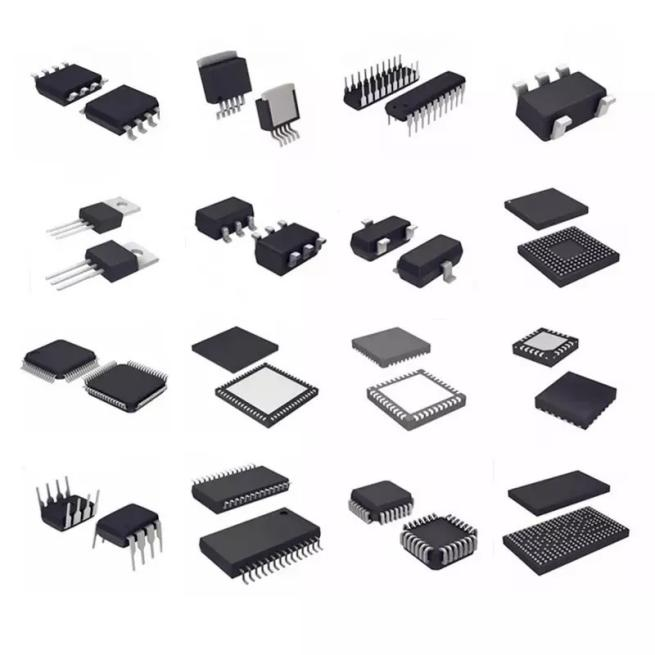

| Part number: | VG-4231CB 27.0000M-GGCZ0 |
|---|---|
| Product classification: | Oscillators |
| Manufacturer: | Epson |
| description: | OSCILLATOR VCXO |
| Encapsulation: | - |
| Packing: | Tape & Reel (TR) |
| Quantity: | 0 |
| RoHS: | |


| TYPE | DESCRIPTION |
| Mfr | Epson |
| Series | VG-4231CB |
| Package | Tape & Reel (TR) |
| Product Status | OBSOLETE |
| Package / Case | 6-SMD, No Lead |
| Size / Dimension | 0.197" L x 0.126" W (5.00mm x 3.20mm) |
| Mounting Type | Surface Mount |
| Output | CMOS |
| Function | Amplitude Control |
| Type | VCXO |
| Operating Temperature | -40°C ~ 85°C |
| Frequency Stability | ±50ppm |
| Voltage - Supply | 3.3V |
| Current - Supply (Max) | 10mA |
| Height - Seated (Max) | 0.055" (1.40mm) |
| Absolute Pull Range (APR) | ±50ppm |
| Frequency | 27 MHz |
| Base Resonator | Crystal |













